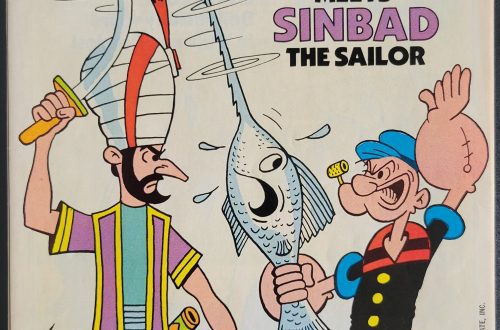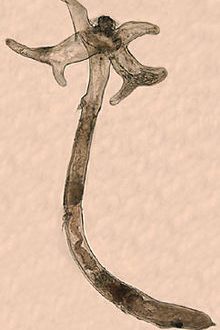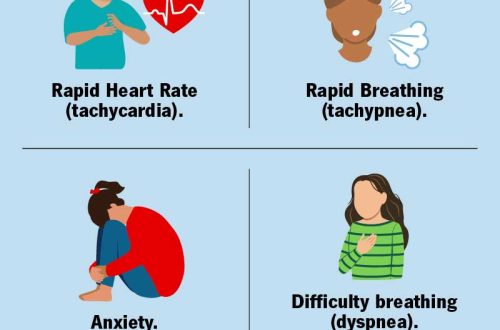Costyosis or Ichthyobodosis
Ichthyobodosis is caused by the single-celled parasite Ichthyobodo necatrix. Previously belonged to the genus Costia, therefore the name Costiasis is most often used. Also known as Immunocompromised Disease.
Rarely found in tropical aquariums, as the active phase of the life cycle of the microscopic parasite Ichthyobodo necatrix – the main culprit of the disease – occurs at relatively low temperatures in the range of 10°C to 25°C. Ichthyobodosis is primarily distributed in fish farms, ponds and lakes, among Goldfish, Koi or various commercial species.
In some cases, the disease can manifest itself in home aquariums with room temperature water, when keeping cold-water fish species.
Ichthyobodo necatrix in small quantities is a natural companion of many cold-water fish, without causing them any harm. However, if immunity is weakened, for example, after hibernation or with a significant deterioration in water quality, which also negatively affects the body, a colony of these skin parasites grows rapidly.
Contents
Life cycle
As mentioned above, the parasite actively reproduces at a temperature of 10–25°C. The life cycle is very short. From a spore to an adult organism, ready to give a new generation of parasites, only 10-12 hours pass. At temperatures below 8°C. Ichthyobodo necatrix enters a cyst-like state, a protective shell in which it remains until conditions are right again. And at temperatures above 30 ° C, it does not survive.
Symptoms
It is very difficult to reliably identify Ichthyobodosis. It is impossible to see the parasite with the naked eye because of its microscopic size, and the symptoms are similar to those of other parasitic and bacterial diseases.
A sick fish feels severe skin irritation, itching. It tries to rub against the hard surface of stones, snags and other hard design elements. Scratches are not uncommon. A large amount of mucus appears on the body, resembling a whitish veil, in some cases, redness occurs in the affected areas.
In advanced cases, the forces leave the fish. She becomes inactive, staying in one place and swaying. The fins are pressed against the body. Does not respond to external stimuli (touch), refuses food. If the gills are affected, breathing becomes difficult.
Treatment
In the numerous aquarium literature, the most commonly described treatments are based on raising the water temperature to 30°C or using salt.
It should be noted right away that they are ineffective. Firstly, in domestic conditions without sampling, it is not possible to reliably establish the cause of the disease. Secondly, a weakened fish living in a relatively cool environment may not be able to withstand temperatures above 30°C. Thirdly, new strains of Ichthyobodo necatrix have now emerged that have adapted even to high salt concentrations.
In this case, treatment is carried out on the basis that the exact causes of the disease are unknown. The average aquarist, in the event of such symptoms, for example in Goldfish, should use generic medicines designed to treat a wide range of parasitic and bacterial infections. These include:
SERA costapur – a universal remedy against unicellular parasites, including parasites of the genus Ichthyobodo. Produced in liquid form, supplied in bottles of 50, 100, 500 ml.
Country of origin – Germany
SERA med Professional Protazol – a universal remedy for skin pathogens, safe for plants, snails and shrimps. Produced in liquid form, supplied in bottles of 25, 100 ml.
Country of origin – Germany
Tetra Medica General Tonic – A universal remedy for a wide range of bacterial and fungal diseases. Produced in liquid form, supplied in a bottle of 100, 250, 500 ml
Country of origin – Germany
Aquarium Munster Ektomor – A universal remedy for a wide range of bacterial and fungal diseases, as well as infections caused by protozoan pathogens. Produced in liquid form, supplied in a bottle of 30, 100 ml
Country of origin – Germany
Aquarium Munster Medimor – A broad-spectrum agent against skin infections. It is used when it is not possible to make an accurate diagnosis. Produced in liquid form, supplied in a bottle of 30, 100 ml.
Country of origin – Germany





